
views
- Set up your camp stove on a flat, stable surface outdoors and away from any flammable materials.
- Attach the regulator to the stove and then attach the fuel tank to the regulator.
- Turn the ignition on, strike a match, and carefully light the burner. Then, cook your meal, turn off the ignition, and let the stove cool before cleaning and storing it.
Always follow best safety practices for your stove.
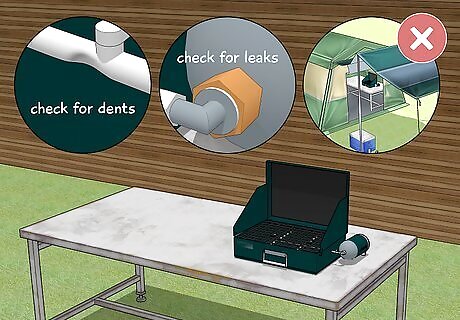
Take steps to stay safe and prevent fires. Camp stoves are great tools when you’re camping in the woods, but having an emergency or causing a fire when you’re far from emergency services is something you definitely want to avoid. Always follow safety rules such as: Look for large dents and bent or broken pieces of equipment before use. Check for fuel leaks by spraying soapy water onto the connection points of the stove and gas canister—if you see any bubbles, you have a leak and should not use the stove. Never leave your camping stove unattended. Regularly maintain your camp stove according to the manufacturer’s maintenance guide. Keep your stove level while moving it if it has liquid fuel inside, as it may spill out otherwise. Only use camping stoves outdoors—not in your tent or any other flammable enclosure. Alert your family and friends when lighting the stove and educate them on safely moving around the flame.
Set up the stove on a flat surface.
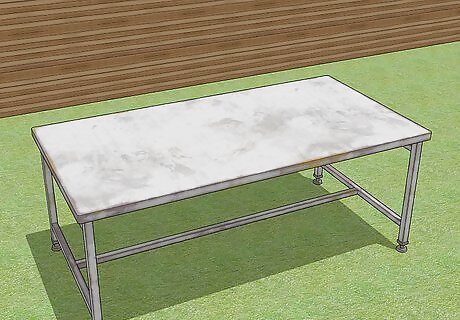
Your cooking surface should be sturdy and completely flat. Use a picnic table if you have one. If not, use a foldable table or the ground. If you use the ground, dig as much as you need to create a flat surface and make sure the area is clear of tall grass, bushes, loose rocks, or any potentially flammable debris.
Set up wind guards on your stove.

Wind guards or windscreens prevent your flame from being blown out. If your stove doesn’t have wind guards attached, you can buy a separate windscreen to encircle your camp stove. Otherwise, open up the wind guards and click them into the slots on the side of the stove. Other features like grates, burner arms, and stove legs help stabilize your stove. Not every camp stove has all of these features—skip the ones you don’t have. Make sure that the metal grate the pots rest on is firmly in place. Lock the stove’s legs to prevent it from wobbling. Space the arms on your burner evenly apart to create a good support base for cookware.
Connect the fuel to the stovetop.

Canister gas stoves use metal fuel cylinders that attach to the stove. Start by tightly screwing the regulator into its corresponding slot on the stove, which is usually on your right when facing the stove. Remove the cap on your fuel canister and screw it into the regulator until it’s tight. Position the fuel so that it’s tilted on the flat surface with the top facing upward. These steps apply to most propane gas camping stoves, although the precise instructions for your specific stove may be different. Check your user manual. Before connecting the fuel line and canister, double-check that all valves, knobs, and buttons are off.
Carefully light the stove.
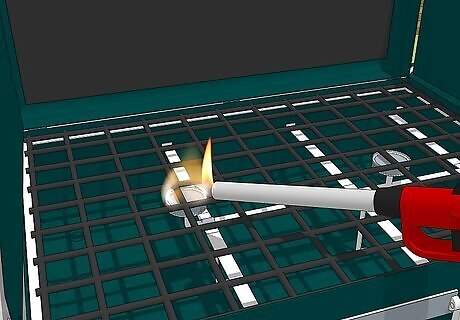
The stove’s ready to be lit once the fuel is attached. Turn on the stove and hold a lit match or butane lighter near the burner. Use a long lighter or match so that your fingers are as far as possible from the flames. While holding the match or lighter, turn the igniter knob until the burner is on. You should hear a few clicks as the burner is turning on. Adjust the ignition knob until the stove is cooking at the temperature you prefer—look for a blue flame with yellow tips.
Cook your meal.
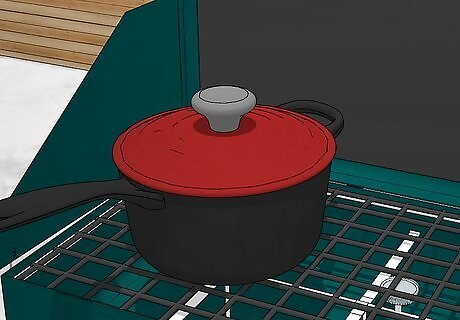
Once your flame is at the right heat, it’s time to start cooking! Place your cookware and ingredients onto your stove. Use cookware that comfortably fits the size of the burner, as large pots or pans can trap the heat underneath and direct it to the gas cartridge. Avoid positioning your cookware too closely together, which can create overheating on multi-burner camping stoves. Cooking on a small gas stove can take longer than at home since the flame isn’t as hot. Be patient! Enjoy cooking up a storm on your camping stove!
Turn off and disassemble the stove.
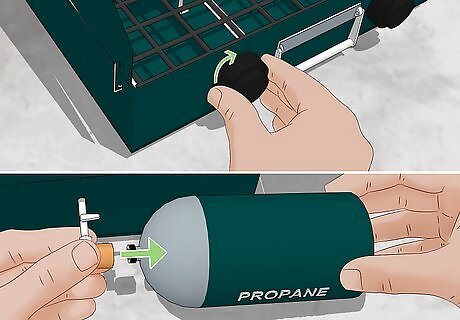
Your stove needs time to cool down before being stored safely. Turn off the stove’s ignition. Turn the fuel-adjuster knob, usually in a clockwise direction, until the flame extinguishes. You should no longer hear the hissing sound of your gas line. Wait up to thirty minutes to give the stove a chance to cool down. Once the stove is cool, unscrew the fuel canister and regulator from the stove and put the cap back on the fuel canister. Store the gas canister in a cool and dry place, away from any heat.
Clean the stove.
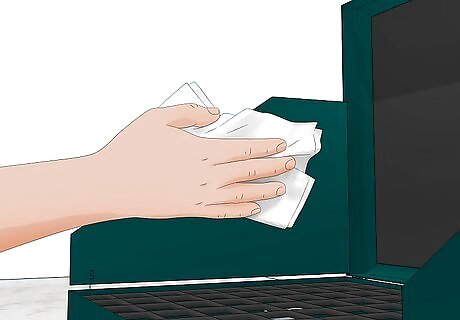
Keeping your stove clean is essential to its long-term use and safety. Dampen a clean towel with warm water and dish soap. Remove the cooled cooking grates and wipe down the burners. Clean any visible grease that’s built up or any residue stuck to the stove. If needed, rinse the towel and wipe again until the stove is reasonably clean and free of food residue. Dry the stove with a fresh, clean towel.
Safely dispose of food waste.
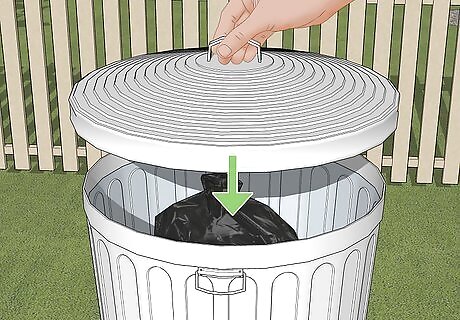
Leftover food waste can attract animals or contribute to littering. Place trash into designated bins at your campsite. Sort your trash into garbage and recycling, if possible. If you’re not in an established campsite, pack up your trash and bring it out with you when you leave. Pack as many items as possible in food-safe, reusable containers. Seal garbage bags and dispose of dishwater away from your campsite. Hang food and garbage in bear bags if you’re in an area where they live.
Follow the instructions in your owner’s manual.
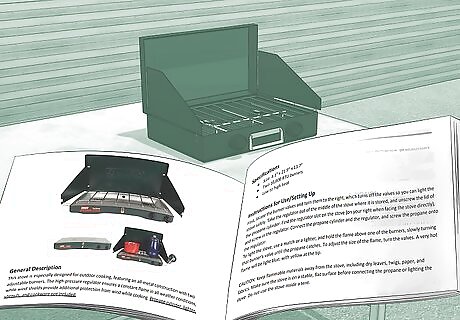
Every camp stove has its own unique features and design. We provided general instructions for using a camp stove, but read your user manual and note any specific instructions. Some of the steps may be skipped if, for example, your camping stove has an internal gas line. Most people use canister-fueled camp stoves with propane or butane as the fuel. While this article’s focus is on canister-fueled camp stoves, you should be able to adjust the steps to fit your stove and get cooking!




















Comments
0 comment